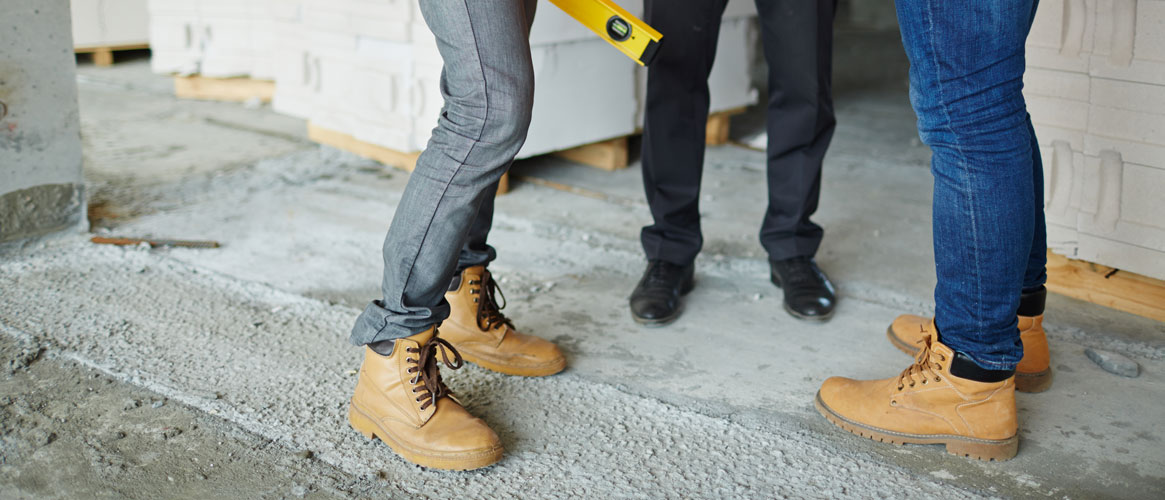Many warehouses, packing sheds, storage rooms, and shops have concrete flooring on which workers stand in one general area for the duration of their shift. Often times, workers wear their own, personally purchased boots or shoes and unless asked, it is unknown if any worker wears cushioned insoles in their footwear.
Standing all day on hard surfaces such as concrete can cause sore feet, hips, and knees, low back pain, swelling of the legs, varicose veins, and general muscular fatigue. When standing involves little movement, circulation decreases and overworked muscles are not allowed to rest. Not only does standing on hard surfaces cause physical discomfort and fatigue, but walking around without proper foot support or cushioned insoles can be problematic. Choosing the proper shoes or insoles improves comfort and may result in less fatigue for those workers who are on their feet all day long. Consider establishing a shoe policy.
What is a shoe policy?
A shoe policy sets standards which workers should consider when purchasing a pair of work boots or shoes. A shoe policy educates workers about choosing the best shoe for their job or about using insoles. And for some operations, a shoe policy is not just a good idea, it is a requirement.
According to Cal/OSHA (a) Appropriate foot protection shall be required for employees who are exposed to foot injuries from electrical hazards, hot, corrosive, poisonous substances, falling objects, crushing or penetrating actions, which may cause injuries or who are required to work in abnormally wet locations. The employer shall furnish the appropriate foot protection as defined in the standard.
When selecting comfortable work boots or shoes, workers should consider
- Shopping in the evening. Some swelling in the ankles and feet occurs naturally. Shopping in the evening ensures that the shoes will still fit appropriately at the end of the shift.
- Boots or shoes that provide a firm grip at the heel (otherwise known as the heel counter). If the back of the shoe is too wide or too soft, the foot will not have the control and support it needs for stability.
- The use of some type of shock-absorbing cushioned insole (not gel material) when working or walking on metal or concrete floors.
- Shoes that allow freedom to move the toes within the shoe’s toe box. Pain and fatigue result if shoes are too narrow or too shallow.
- Firmly secure the lace instep of the footwear to prevent excessive movement inside of the footwear, which may lead to discomfort.
- The use of padding under the tongue if there is tenderness over the bones at the top of the foot.
- Not wearing shoes with heels higher than 2 inches.
- Footwear appropriate to the hazards and conditions at the workplace.
- Because individual fit and comfort is critical, all footwear should be tried on and walked around in before purchasing.
- Footwear with support extending up to or above the ankle.
- For the best fit, insoles should be brought and tested when purchasing new footwear.
Good anti-fatigue mats provide a cushioned surface over hard floors. Foot rails or foot stools, with a maximum height of 5 inches, allow workers to elevate a foot to improve comfort and minimize pressure on the low back by putting the low back into its three natural curves. The use of a foot rail or foot stool should not force workers to work with extended reaches, excessive bending, or trunk twisting.
Refer to Standing Workstation Guidelines for more recommendations.
